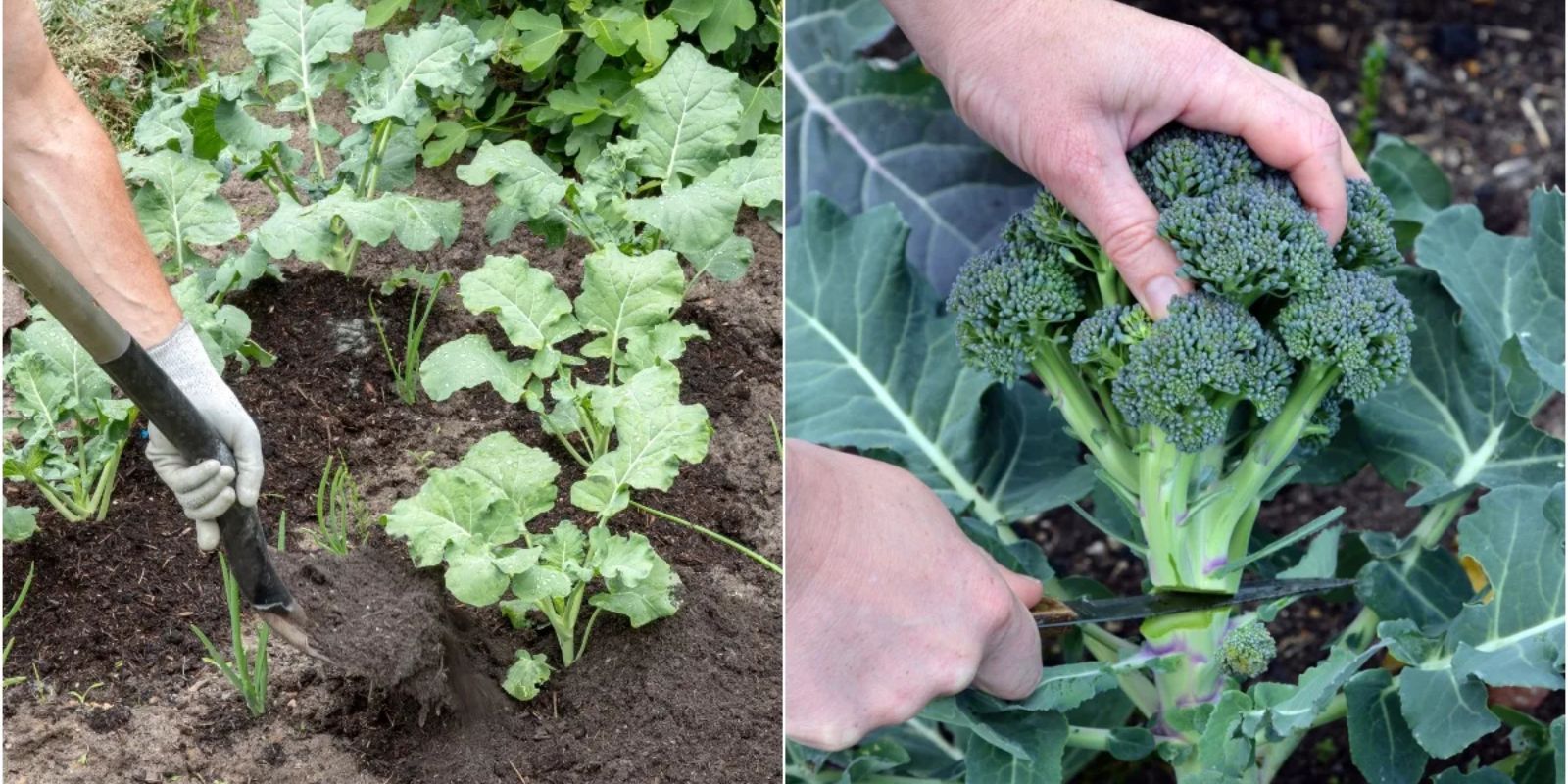Broccoli is a versatile and nutritious vegetable that thrives in the home garden, offering both culinary delight and health benefits. However, to fully enjoy the rewards of your broccoli crop, it’s essential to know the optimal time and techniques for harvesting. This comprehensive guide will walk you through everything you need to know about harvesting broccoli, from understanding when it’s ready to the best methods for cutting and storing. Whether you’re a novice gardener or a seasoned green thumb, this article will help you achieve a bountiful and delicious harvest.
Introduction
Broccoli, with its vibrant green florets and crisp texture, is a staple in many kitchens due to its nutritional value and versatility in cooking. Harvesting broccoli at the right time is crucial to ensure that the vegetable is tender, flavorful, and packed with nutrients. By following the guidelines in this article, you’ll be able to harvest your broccoli at its peak and enjoy the fruits of your labor.
Understanding Broccoli Growth
Before diving into the specifics of harvesting, it’s important to understand the growth stages of broccoli. Broccoli is a cool-season crop, typically grown in spring or fall. The plant grows in a rosette of large leaves, with a central stalk developing into the main head of broccoli. The head, or floret, is made up of tightly clustered buds that will eventually open into yellow flowers if left too long.
When to Harvest Broccoli
1. Monitor the Size
Broccoli heads are ready for harvest when they are firm, dense, and have reached a suitable size. Typically, the ideal head size is between 4 to 6 inches in diameter. It’s important to monitor the size of the heads regularly as they mature.
2. Check the Color
The color of the broccoli head is a good indicator of readiness. A mature broccoli head should be dark green and compact. If the head begins to yellow or the buds start to open and flower, it’s a sign that the broccoli is past its prime and should be harvested immediately to prevent the loss of flavor and texture.
3. Look for Tight Buds
The buds of the broccoli head should be tightly closed. If you see any signs of the buds beginning to separate or open, it’s a sign that the broccoli is nearing the end of its optimal harvest window. Harvest as soon as you notice this to maintain the best quality.
How to Harvest Broccoli
1. Gather Your Tools
To harvest broccoli, you will need a sharp knife or garden shears. Using a clean, sharp tool ensures a clean cut and reduces the risk of damaging the plant.
2. Make the Cut
When the broccoli head is ready for harvest, use your knife or shears to cut the head off the plant. Make the cut about 6 to 8 inches below the head, including some of the stalk. This length of stalk helps to support the broccoli head and makes it easier to handle.
3. Harvest Side Shoots
After harvesting the main head, you may notice smaller side shoots developing. These can also be harvested and enjoyed. Side shoots are a great bonus and can provide additional harvests throughout the growing season.
4. Inspect for Pests and Diseases
Before harvesting, inspect your broccoli for any signs of pests or diseases. Look for holes in the leaves, discoloration, or unusual growth patterns. If you notice any issues, address them promptly to ensure the quality of your harvest.
Post-Harvest Care
1. Handle with Care
After harvesting, handle the broccoli gently to avoid bruising. Place the heads in a cool, shaded area to prevent them from wilting or becoming too warm.
2. Wash and Store
Wash the broccoli thoroughly under cool running water to remove any dirt or insects. You can store fresh broccoli in the refrigerator, ideally in a perforated plastic bag or container to maintain humidity and freshness. Broccoli is best used within a week of harvest for optimal flavor and texture.
3. Preservation Options
If you have a large harvest or want to preserve your broccoli for later use, consider blanching and freezing it. Blanching involves briefly boiling the broccoli and then immediately cooling it in ice water. This process helps preserve the color, texture, and nutritional value before freezing.
Additional Tips for Successful Broccoli Harvest
1. Succession Planting
To extend your harvest period, consider practicing succession planting. This involves planting new seeds or seedlings every few weeks to ensure a continuous supply of fresh broccoli throughout the growing season.
2. Provide Adequate Watering
Broccoli requires consistent moisture to grow well. Ensure your plants receive adequate watering throughout their growth cycle to promote healthy, high-quality heads.
3. Fertilize Wisely
Apply a balanced fertilizer according to the needs of your soil and the specific requirements of broccoli. Avoid over-fertilizing, as this can lead to excessive foliage growth and poor head development.
4. Protect from Pests
Common pests that can affect broccoli include aphids, cabbage worms, and flea beetles. Use organic pest control methods or natural predators to manage these pests and protect your crop.
5. Monitor Weather Conditions
Broccoli prefers cool weather, so monitor weather conditions and be prepared to provide shade or cover during periods of excessive heat. This will help maintain optimal growing conditions and improve the quality of your harvest.
Conclusion
Harvesting broccoli at the right time ensures you enjoy the best flavor and texture from your home-grown vegetables. By monitoring the size, color, and tightness of the buds, you can determine the optimal time for harvesting. Using the proper techniques for cutting and handling will help preserve the quality of your broccoli. With these tips, you’ll be able to achieve a successful harvest and enjoy the rewards of your gardening efforts.
Call to Action
Ready to get the most out of your broccoli crop? Follow these guidelines to ensure a bountiful harvest and savor the fresh flavors of your home-grown vegetables! 🌿🥦 #BroccoliHarvest #HomeGardening #GardenTips #GreenThumb #HarvestTime #VegetableGardening #GardeningSuccess #FreshFromTheGarden

